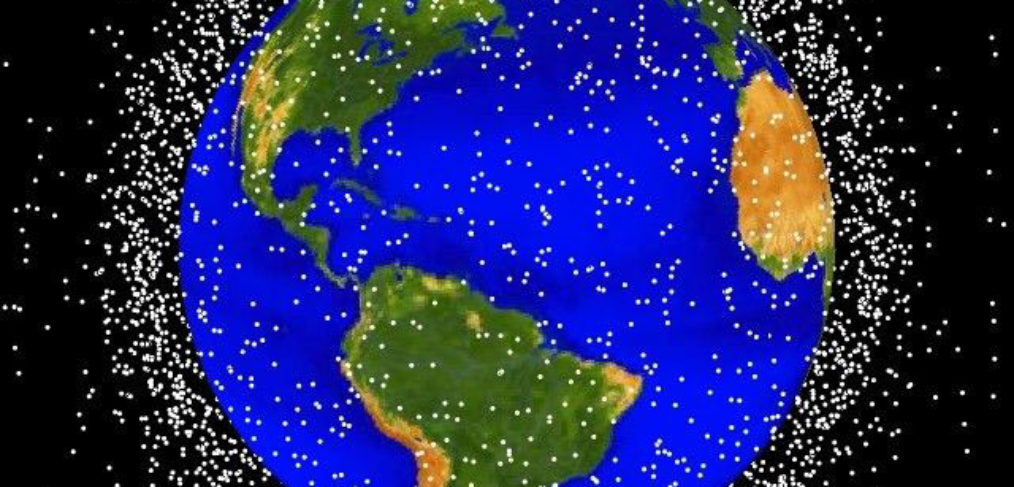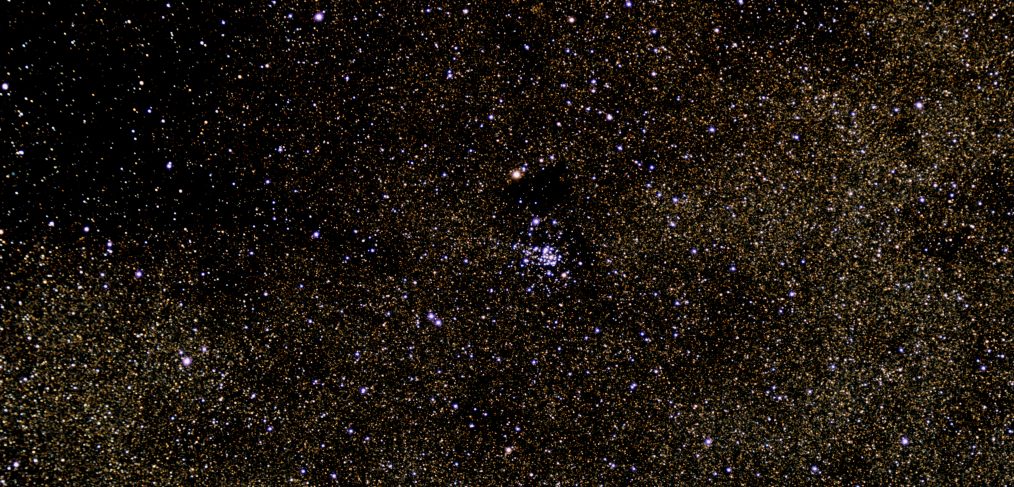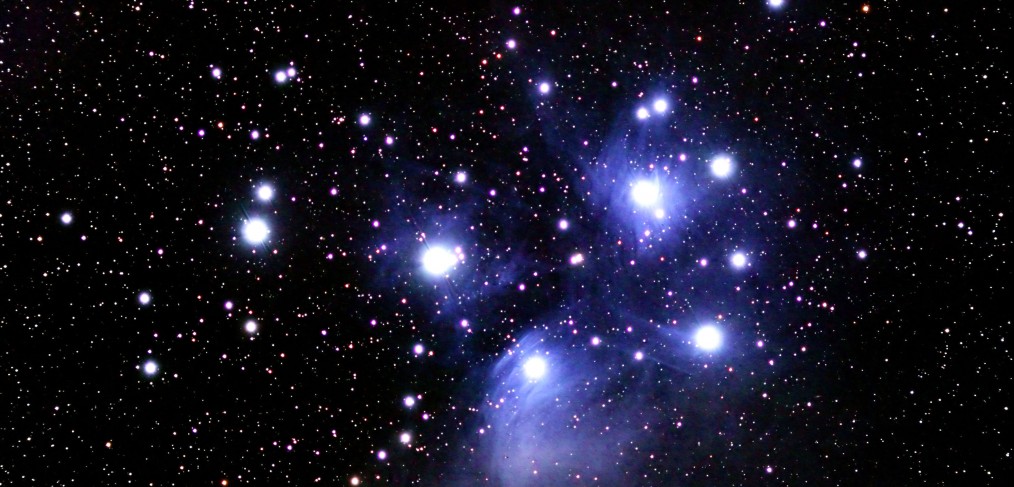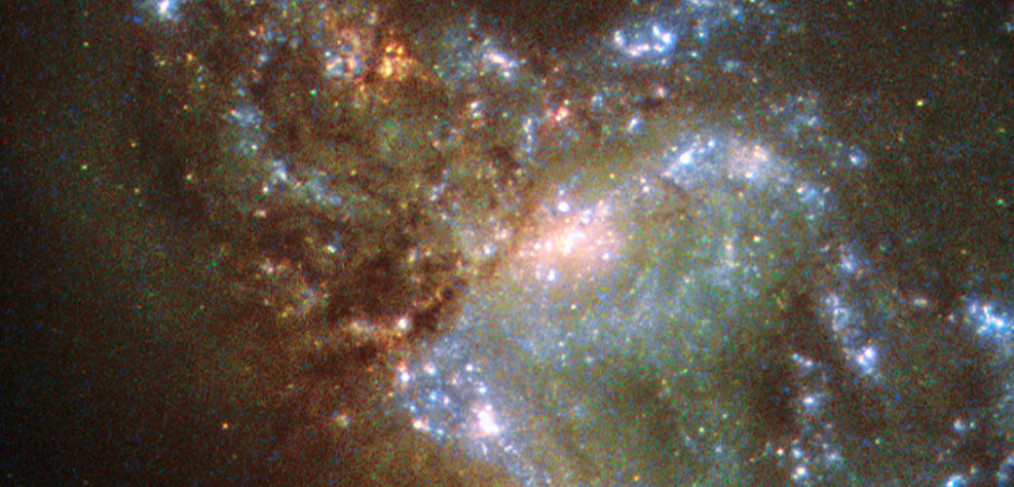There are more than 500,000 trackable objects in Earth orbit. Since 1957, when mankind developed the ability to loft artificial satellites, we have been launching thousands of useful satellites along with their associated spent rocket stages. Most of the low altitude artificial satellites below 400 miles and their spent rocket stages reenter the atmosphere and… Continue Reading Artificial Satellites
Why do stars twinkle? When we look directly upwards at the stars from sea-level, we are looking through 60 miles of air. When we direct our gaze horizontally and see the twinkling stars we are looking through 700 miles of air. Stars twinkle, glitter, dance about and change color fiercely from the effect of the… Continue Reading Twinkle, Twinkle Little Star
The top 10 elements in abundance in the Universe are: Hydrogen, Helium, Oxygen, Neon, Nitrogen, Carbon, Silicon, Magnesium, Iron and Sulfur. The most abundant compound in the Universe is H20 Water. Hydroxyl OH is also highly abundant. Oxides of the top ten elements also have high abundance. When illuminated by Ultra Violet light, all elements… Continue Reading Astronomers View the Universe through Spectra Colored Glass
Sitting on the shoulder of Taurus is the open star cluster named the 7-Sisters of Pleiades. On a star chart they would be designated M45 (Messier 45). There are 6 naked eye visible stars arranged in a tiny question mark. The stars are all blue in color and seem to have a fuzzy glow around… Continue Reading The Seven Sisters of Pleiades
In an earlier blog post, I discussed the apparent sterility of Globular Clusters as they were lacking in heavy elements in sufficient quantities required for life. Globulars orbit the center of our Galaxy and are all very distant from the Earth. Recent work with powerful telescopes has uncovered Black Holes, Neutron stars and white dwarfs… Continue Reading Is There Life in a Globular Cluster?
How fast are things moving in space? A seemingly innocuous question until you delve deep into what is actually happening around us. As I sit in Hawaii at 19 degrees North latitude in my comfortable desk chair, I am whizzing around the center of the Earth at about 1,100 miles per hour as the Earth… Continue Reading Motions in Space
The Magellanic Clouds have been often described as satellite galaxies of the Milky Way in modern times. The large is about 160,000 light years away and spans about 14,000 light years in diameter. The Small is about 200,000 light years away and spans about 7,000 light years. Both have the characteristics of dwarf barred spiral… Continue Reading The Magellanic Clouds are not in Orbit about the Milky Way
Kepler Space Telescope announced anomalous light curves from Star KIC 8462852. Located 1,480 light years away, at magnitude 11.7, in Cygnus between the stars Deneb and Delta Cygni was observed to have an unusual light curve that could be explained by a group of planet sized objects flying in tight formation as they orbit the… Continue Reading Are there Extraterrestrial Aliens at KIC 8462852?
Philosophers have battled forever on the different approaches to finding truth. To begin, we must define the two opposing views. Empiricism The Senses determine truth. Reality and truth can only be determined via measurement with physical tools and our senses. Many seemingly logical things are subject to unseen and unsuspected influences and only by actual… Continue Reading Astronomy – Empiricism versus Rationalism
Star Gaze Hawaii Video Preview. We have produced a 4-minute video showing how and what we do at Star Gaze Hawaii stargazing sessions. The link is in the sidebar of our Stargazehawaii.com website listed as “Watch the full Preview here”. You may click on this link: View Full Preview here. Stargazing with a Difference. We… Continue Reading Star Gaze Hawaii Video Preview










